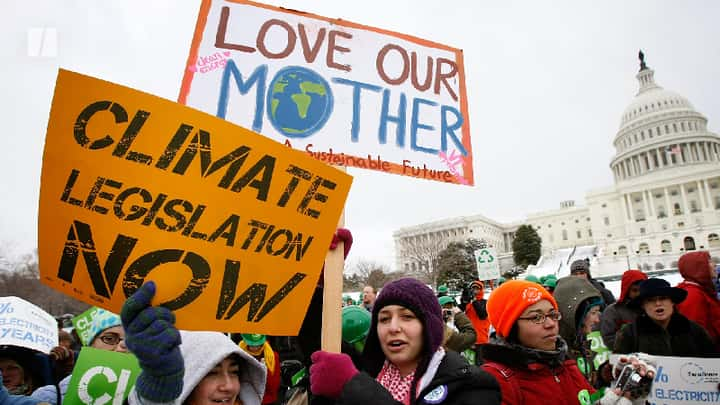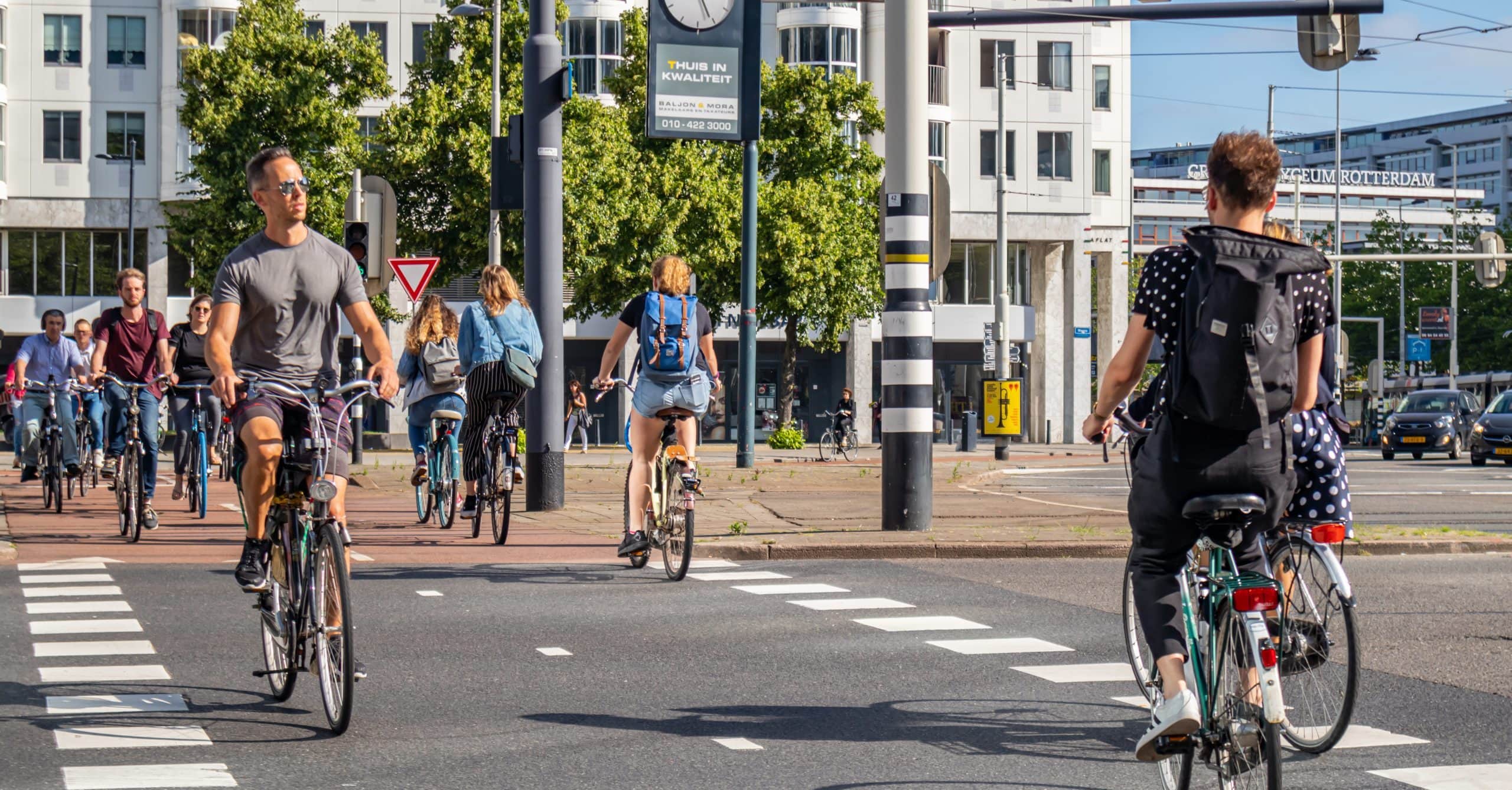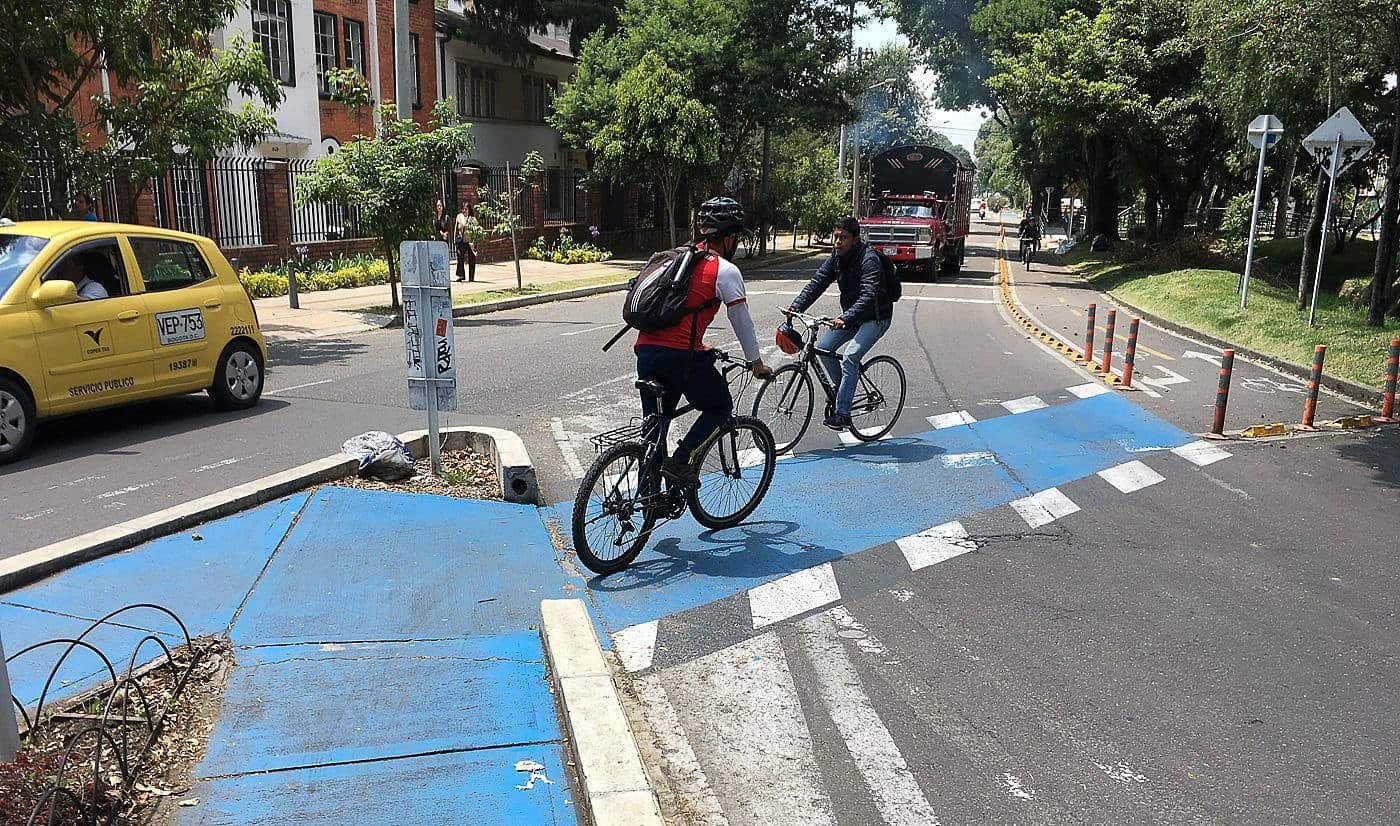On this day: Lucien Carr, the Beats & gay panic defence

On August 25, 1944, newspapers reported the indictment of 19-year-old Lucien Carr on a charge of second-degree murder for the ‘honour killing’ of David Kammerer. Over the previous months, Lucien Carr brought together the men who would later comprise the leading authors of the Beat generation: William Burroughs, Jack Kerouac, Allen Ginsberg and Herbert Huncke. All had some connection to the murder.
Born into a prominent St. Louis family, 14-year-old Lucian Carr met David Kammerer at a summer camp. The English teacher and Phys Ed instructor apparently became infatuated with the boy 13 years his junior.
According to Lucien Carr and his mother, Lucien moved states several times over the next few years to escape David Kammerer’s attentions.
He went from St Louis to Massachusetts, then to a college in Maine, and finally to the University of Chicago. In Chicago, he put his head in a gas oven. His mother blamed the probable suicide attempt on David Kammerer. He had followed Lucien to Massachusetts, Maine and then Chicago.
After a two-week stay in a psychiatric ward, Lucien Carr moved to New York and enrolled at Columbia University.
David Kammerer followed.
Not everyone sees David Kammerer as the villain of the piece. Some friends insisted he was straight. Others point to Lucien’s mental health issues. Or the, at times, chummy relationship between the pair.
“When you saw them together, they seemed to be the best of friends, drinking and horsing around.”
Some claim Lucien Carr led the older man on.
But blaming Lucien Carr for the unhealthy relationship — whatever it was — ignores two crucial points. Firstly, Lucien Carr’s age when the pair met. Secondly, David Kammerer’s relentless stalking of the kid. Surely it was not by coincidence that he turned up in every town Lucien moved to.
David Kammerer might have been, as some attested, a very nice man. But nice people sometimes do bad shit. Fact.
The Beats
Lucien Carr met Allen Ginsberg at Columbia University. Then, a girl he met during art class introduced him to her boyfriend, Jack Kerouac. Lucien introduced Allan to Jack and both to William Burroughs. Burroughs was an old friend, a member of another wealthy St. Louis family.
Burroughs brought in the fifth member of the group, Herbert Huncke, a gay Times Square hustler who sometimes scored drugs for him.
By all accounts, young Lucien Carr was brilliant, charismatic… and erratic. He was the glue that held the Beats together. But David Kammerer also hung around on the periphery, obsessed with Lucien and jealous of anyone close to the golden child. William Burroughs once caught him trying to hang Jack’s cat.
Kerouac and Carr decided to escape the drama. They boarded a ship for Europe but were kicked off before it sailed so went drinking. Jack called it a night first and Lucien was still in the bar when David Kammerer came looking for him.
They went walking in a riverside park where Lucien claimed Kammerer hit on him for sex. He said that over the preceding years he always successfully rebuffed Kammerer’s advances. But not this time. They began to struggle. When the older and bigger man, according to Carr, began to get the better of him, he stabbed him out of desperation. Carr then weighted the body down with rocks and threw it in the river.
Lucien Carr went to see William Burroughs and then Jack Kerouac, telling each what happened. Both counselled him to turn himself in but neither reported him to the police.
Lucien Carr did later turn himself in. Once they recovered the body, the police also arrested Kerouac and Burroughs as material witnesses. Burroughs’ father bailed him out but Kerouac remained in the Bronx prison with Carr.
Victim or villain?
At first, cops and prosecutors struggled to understand the crime. Was Lucien Carr, as he claimed, the heterosexual victim of a predatory older man who he killed in self-defence? Or was he a depraved psychopath who’d murdered his gay lover?
A picture taken of him and Kerouac previously (top of page), shows Lucien Carr as a cocky young delinquent, cigarette clinging to the corner of his mouth. But court photos reveal a more sensitive, even delicate, youth. The book in his hand — a philosophical treatise by Irish poet W. B. Yeats — questionable reading matter for a virile all-American heterosexual.

In one way, Lucien’s delicate clean-cut appearance helped. He looked vulnerable and incapable of fighting off a bigger man. But it also hurt. Because, according to the thinking of the cops and prosecutors, if Lucien was gay, he was guilty. His only possible defence — heterosexuality.
Jack Kerouac was a seaman and had a girlfriend. So he had to be straight! The cops checked him out just to be sure. They offered young, good-looking Mafia hit men remissions off their sentences if they could seduce him. Fore-warned, Jack resisted temptation.
Kerouac, Burroughs and Ginsberg all later wrote about the murder.
In one fictionalised account by Kerouac, the Carr character whispers to him out of the corner of his mouth as they await a court hearing.
“Heterosexuality all the way down the line.”
Burroughs insinuated in his writing that he suggested that Lucien claim he killed Kammerer in self-defence after the older man attempted to rape him.
How you hung?
Between the ambiguity over Lucien’s sexuality, the jumbled facts of the court case, conflicting narratives in the writings of the Beat authors, not to mention their inner conflicts over their own sexualities and their feelings for Lucien, it’s hard to make head or tail of it all.
Kerouac once wrote, in a different story, about a man trying to pick him up in the same park where David Kammerer died.
“How you hung?” the man asks.
“By the neck, I hope,” replies Kerouac.
Added details do not help explain this story. They just further confuse the narrative. That’s life, I suppose… and death.
Lucien Carr served two years for manslaughter. After his release, he remained friends with the Beat authors but chose a more settled existence than their much-chronicled life journeys through sex and drugs and rock & roll.
He began work as a copy boy at United Press and worked his way up to much-respected head of the news desk.
Lucien married and had three children. He wore a moustache and sometimes a full-face beard for most of his post-prison life, camouflaging his delicate features. Beards will do that.
It’s impossible to know now whether David Kammerer attempted to rape Lucien Carr on the night of his death. Whether Lucien genuinely needed to defend himself or if the killing occurred because of the young man’s own inner conflicts or simply a drunken misadventure.
But sadly, the case became a template for future instances of gay panic defence. Murderers escaped conviction by claiming a need to defend their heterosexuality against a homosexual advance.
Need a get-out-of-jail-free card and no witnesses to dispute your version of events? Claim the victim was gay.
Australia’s first known gay panic defence — The Cooyar Tragedy, the murder of a gay man in 1920.
For the latest lesbian, gay, bisexual, transgender, intersex and queer (LGBTIQ) news in Australia, visit qnews.com.au. Check out our latest magazines or find us on Facebook, Twitter, Instagram and YouTube.




















